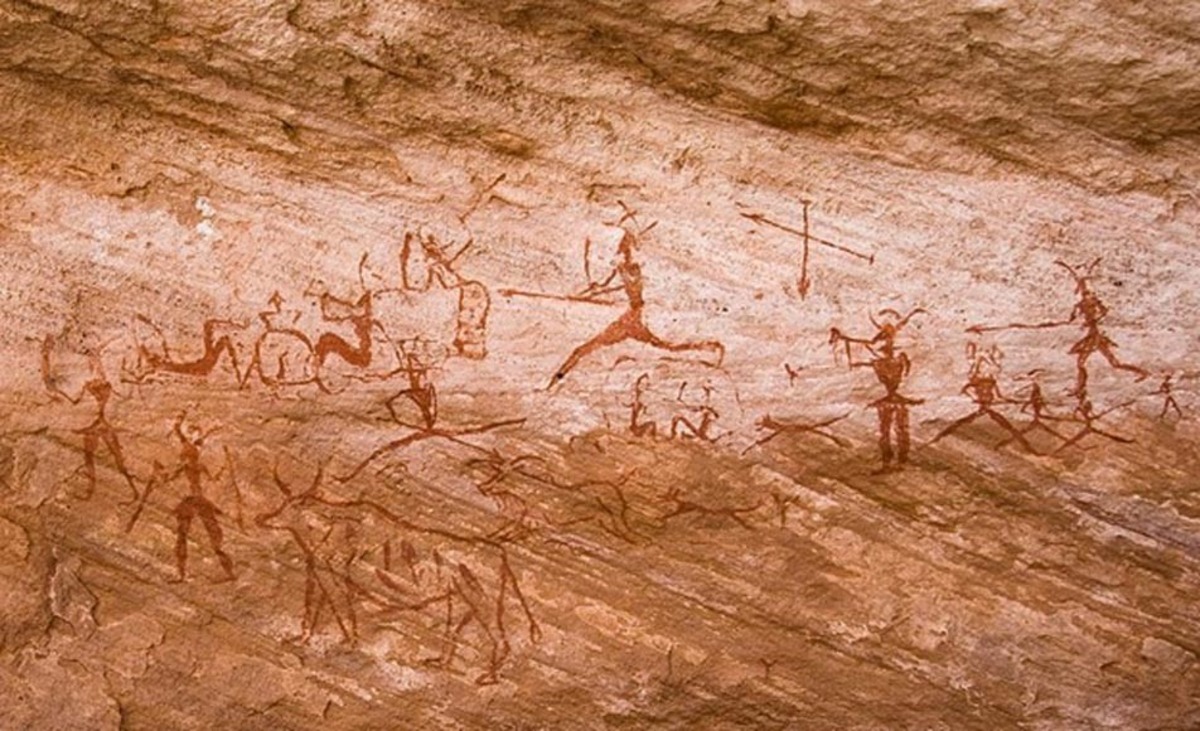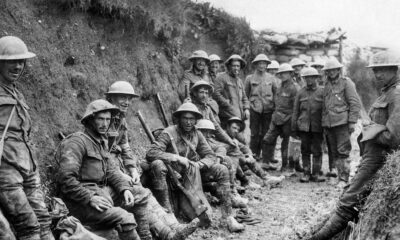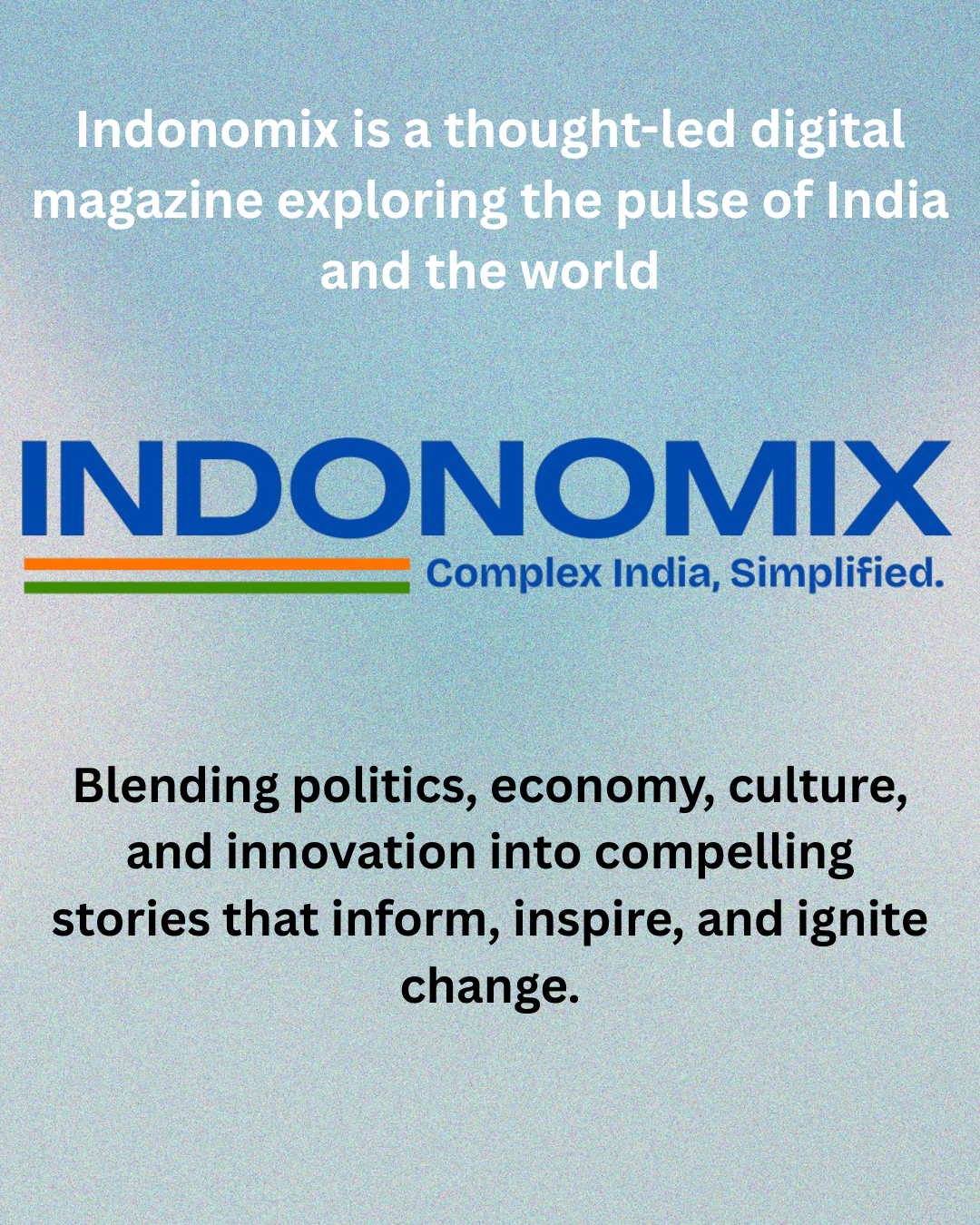“The history of the world is but the biography of great men.”
— Thomas Carlyle
Or perhaps… the biography of their wars.
We often think of war as something modern. Tanks, drones, missile strikes, headlines. But war—raw, primal conflict—is older than writing, older than wheels, older, even, than what we call civilization.
Before there were countries to defend, there were campfires to protect. Before there were ideologies to fight for, there was food to fight over. And before there were generals, there were hungry fathers, scared mothers, watchful children.
War is not a modern invention. It’s a very old question.
The First Conflicts: Survival and Scarcity
Picture this: two bands of early humans cross paths near a watering hole. It hasn’t rained in weeks. One group has been tracking game for hours. The other is already drinking. Tension thickens. A warning shout. A stone thrown. A spear drawn.
That’s not a skirmish. That’s war—in its most primitive form.
Historians used to believe that hunter-gatherer societies were mostly peaceful, with real conflict emerging only after we started farming. But archaeology keeps challenging that view. At a site called Jebel Sahaba in present-day Sudan, archaeologists unearthed the remains of people who lived 13,000 years ago. Many showed clear signs of violent death—arrow points lodged in bones, fractured skulls. This was not random violence. It was a massacre.
So maybe war has always been part of the story. But that doesn’t mean it was the whole story. Early humans also traded, shared tools, intermarried. Conflict and cooperation—they came as a pair, like breath and heartbeat.
When Power Found Purpose
Fast forward a few thousand years. We’ve got villages now. Then towns. Eventually cities. The moment humans settled, built granaries, drew borders, war changed. It stopped being occasional—and became organized.
The Sumerians of Mesopotamia, around 3000 BCE, give us the first records of structured warfare. Their clay tablets speak of sieges, prisoners, loot. Over time, war became a method—not just of defense, but of expansion, tribute, and display.
In India, the Vedic texts refer to battles between tribes—the Dasas and Aryas, later the Kurus and Panchalas. By the time of the Mahabharata, war wasn’t just physical. It had become metaphysical—an inquiry into duty, honor, dharma.
War, like everything else, had evolved.
Glory, Gold, and God
Enter the age of empires.
The Persians, the Greeks, the Mauryas, the Romans—they didn’t just fight wars. They systematized them. Built roads for marching legions. Invented ranks, codes, formations. War became a science and an art.
In Rome, soldiers became symbols of civilization. In India, Ashoka’s conquest of Kalinga led to a moral crisis that turned him toward Buddhism. Across the world, war fed into politics, economics, religion.
Think about that. Somewhere along the way, we stopped asking, “Do we need to fight?” and started asking, “What can we win by fighting?”
The Crusades were holy wars—but also trade wars. The Mongol invasions were about empire—but also about revenge. Colonizers called their wars “civilizing missions.” Every era has its excuse.
Colonialism: War Wears a New Mask
By the 17th century, European powers were sailing across oceans—not just to explore, but to conquer. Colonialism globalized war.
It wasn’t just battlefield violence anymore. It was systemic. It was economic. It came with treaties written in London, enforced with bullets in Bengal.
India didn’t fall to the British in one war—it fell in fragments: Plassey (1757), Buxar (1764), Maratha conflicts, Anglo-Sikh wars, 1857’s uprising. Each resistance crushed with newer weapons, cleverer diplomacy, and ruthless efficiency.
Wars were now fought not just with cannons, but with cash crops, debt, and divide-and-rule.
And across Africa, Asia, and the Americas, indigenous societies were decimated by what they never even recognized as “war”—epidemics, treaties, and forced migrations.
20th Century: The Age of Total War
Then came a different kind of fire.
World War I introduced industrial warfare—machine guns, tanks, trenches. It was mechanical slaughter, and it shocked the world. But not enough.
Just two decades later, Hitler marched. The world burned again. And in 1945, two bombs—Hiroshima and Nagasaki—introduced us to a terrifying truth: we now had the means to end ourselves.
Never before had science and violence danced so closely.
After World War II, wars didn’t stop. They just changed shape.
The Cold War wasn’t always “hot,” but its proxies were—Vietnam, Korea, Afghanistan, Angola. Superpowers stayed clean by letting others bleed.
The Third World became a chessboard. Ideology was the currency. Nationalism was the spark.
New Players, Old Grievances
As colonial empires collapsed, new nations emerged—sometimes peacefully, often not.
India’s birth came drenched in Partition blood. Pakistan was born with a border it would never accept. Bangladesh would arrive in 1971, with war once again as midwife.
Africa’s map, drawn by Europeans, made no sense on the ground—and civil wars erupted. The Middle East turned into a battlefield of identities: Arab vs. Jew, Shia vs. Sunni, Kurd vs. State.
Meanwhile, the “enemy” stopped wearing uniforms.
Liberation fronts, guerrilla fighters, terrorist cells—they became the new face of war. Hard to fight. Harder to win against. Impossible to define.
Today: We’re Still at War. Just Differently.
Look around.
Ukraine burns. Gaza bleeds. Sudan starves. Kashmir simmers. Manipur trembles.
But war is no longer only about guns and boots. It’s also about narratives. About propaganda. About misinformation.
A lie spreads on WhatsApp—and someone dies. A speech goes viral—and a community is demonized. A drone flies without a pilot. A cyber-attack crashes a hospital. These are battles, too.
The field has changed, but the wounds are familiar.
So, What Does All This Tell Us?
Are we doomed to war? Or have we just never fully tried peace?
Human history is full of war—but also of peace treaties, trade alliances, cultural exchanges. We’ve seen emperors, but also poets. We’ve seen conquest, but also compassion.
War may be part of our history—but it doesn’t have to be our future.
To prevent conflict, we must understand where it comes from. And that’s where this series goes next.
The War Within Us By Shashi Singh
Coming Up: Why We Fight – The Real Reasons Behind War
Not just territory. Not just revenge. But humiliation. Identity. Inequality. Fear. These are the hidden fuels of conflict—and if we don’t defuse them, the next war is always just a moment away.
Stay with us.

 Culture & Society6 days ago
Culture & Society6 days ago
 Tech5 days ago
Tech5 days ago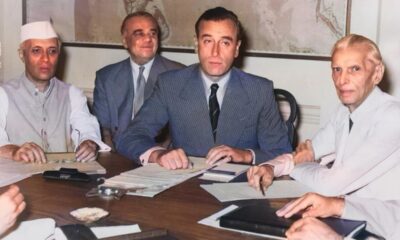
 Culture & Society5 days ago
Culture & Society5 days ago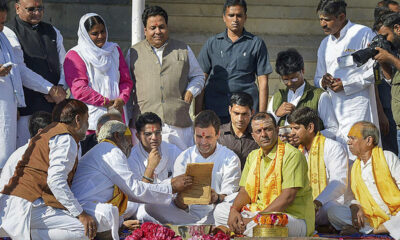
 Politics5 days ago
Politics5 days ago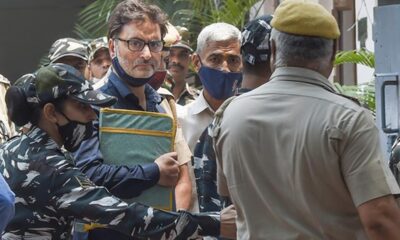
 Opinion4 days ago
Opinion4 days ago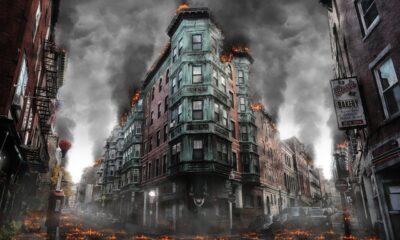
 Business4 days ago
Business4 days ago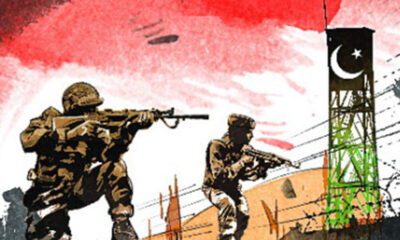
 Opinion3 days ago
Opinion3 days ago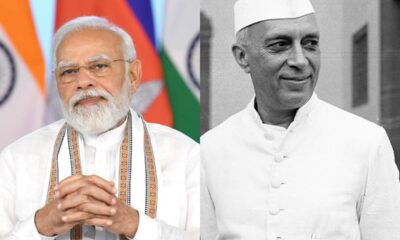
 Politics3 days ago
Politics3 days ago
